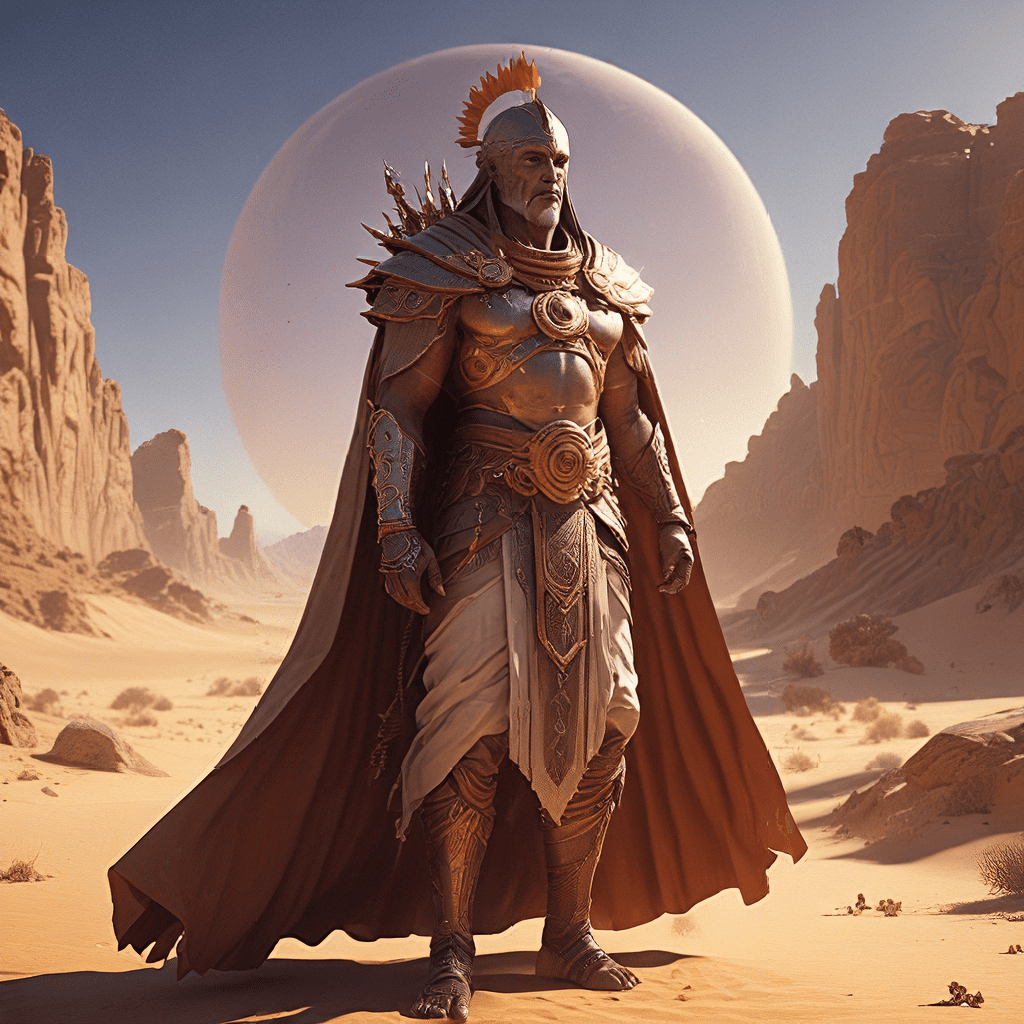1. Introduction: The Complex Figure of Set
Set, often depicted as a powerful jackal or donkey, is a complex and multifaceted deity in ancient Egyptian mythology. He is revered as the god of storms, chaos, violence, and the unforgiving desert. Although known for his destructive tendencies, Set also had a protective role, guarding the boundaries of the wilderness and the realm of the dead. Set’s duality, encompassing both destructive and protective aspects, makes him a fascinating and enigmatic figure in Egyptian mythology.
2. Origin and Family: A Son of Geb and Nut
Set, born from the union of Geb, the earth god, and Nut, the sky goddess, was a son of the primary deity triad. He has siblings, each holding a significant position in the pantheon, including Osiris, Horus, and Isis. Set’s family connections and his connection to the creation of the world further enhance his importance in Egyptian mythology. This family dynamic plays a pivotal role in many Egyptian myths, especially those concerning the conflict between Set and his brother Osiris.
3. Set’s Appearance: A Powerful and Fearsome Deity
Set’s appearance reflected his powerful and fearsome nature. He was often portrayed as a jackal or a donkey, both animals known for their strength and ferocity. Depictions often show him with reddish-brown skin, a forked tail, and a distinctive crown. These physical attributes emphasize his connection to the desert, danger, and the wild forces of nature. Set’s appearance is an important visual reminder of his power and his role as a guardian of untamed places.
4. Domain of the Desert: A Hostile and Unforgiving Environment
Set’s dominion is the desert, a harsh and unforgiving environment. This association reinforces his connection to chaos and the unknown, making him both feared and respected. The desert is a place of extreme temperatures, fierce storms, and limited resources, making it a symbol of danger and unpredictability, qualities that are closely associated with Set. He was also seen as a protector of the desert’s borders, guarding against intrusion and defending its wildness. This duality, as a god of both chaos and protection, defines his role in the Egyptian world.
5. The Murder of Osiris: A Pivotal Event in Egyptian Mythology
A pivotal moment in Egyptian mythology is the murder of Osiris, Set’s brother. Driven by envy and ambition, Set tricked Osiris into a coffin and then cast it into the Nile River. This act fueled a cycle of revenge and conflict, setting in motion a series of events that have lasting consequences for the world of the gods and the fate of humanity. Set’s actions, driven by his desire for power, highlight his aggressive nature and his role as a force of disruption within the established order.
6. Set’s Role in the Underworld: A Guardian of the Dead
Although often depicted as a destructive force, Set also has an important role in the underworld. He serves as a guide and protector of souls during their journey through the afterlife, especially those who have to navigate the dangers of the Duat, the underworld’s labyrinthine realm. Set’s association with both life and death and his connection to the desolate desert make him a complex and multifaceted figure, even in the underworld.
7. Set as a God of Storms: Bringing Chaos and Destruction
Set’s power extends beyond the desert. He is also a powerful god of storms, controlling the wind, rain, and lightning. His ability to unleash the fury of nature reflects his wild and untamable nature. Set’s association with storms and their destructive potential reinforces his role as a bringer of chaos and change. However, this chaotic power also serves to balance the forces of order and renewal in the world, demonstrating his intricate and often misunderstood role in Egyptian mythology.
8. The Struggle with Horus: A Conflict for Power and Order
The murder of Osiris set in motion a titanic struggle between Set and Horus, the son of Osiris and the god of kingship. Horus, seeking revenge for his father’s death, battled Set, symbolizing the ongoing struggle between good and evil, order and chaos. These epic battles resonate with themes of justice and retribution, with Horus ultimately prevailing and restoring order to the world. However, despite the conflict, Set’s enduring presence in Egyptian mythology reflects his complex and important role in the balance of cosmic forces.




